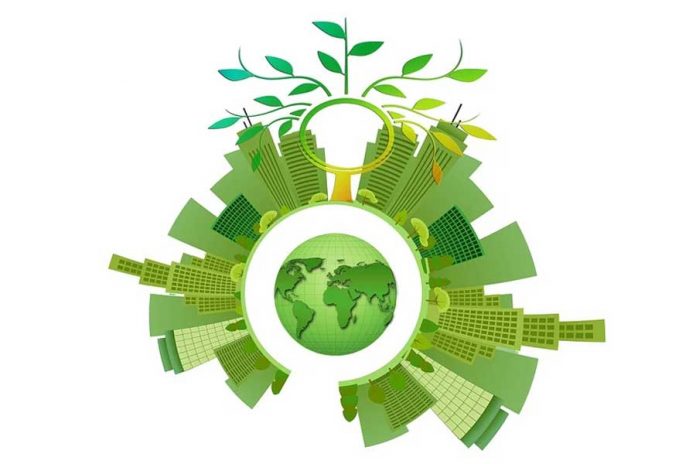Based on a publication from Oliver Guy in RetailWire, Retailers need to prove their sustainability cred to grow sales.
Retailers necesitan demostrar su credibilidad en sostenibilidad para aumentar las ventas
Retailers in 2022 will need to prove their sustainability commitments and establish their environmental, social and governance (ESG) credentials or lose business.
Investors, partners and customers alike are putting pressure on retailers to be more sustainable — and will abandon them if they do not prove it. These market forces are more powerful than any government or environmental protest group could ever be: In fact, 73 percent of global consumers say they would change buying habits to reduce environmental impact, according to Bain & Co.
It is a double-edged sword for retailers, involving a precarious balancing act:
- Tradeoffs: For example, reducing plastic use can result in higher food wastage because wrapping some produce in plastic doubles its shelf life.
- Time wars: As consumers demand faster delivery, one might assume CO2 emissions will go up. However this is not always the case as more distributed fulfillment centers closer to customers mean final leg routes are shorter, with a lower CO2 footprint.
Expect retailers to demonstrate their credentials by:
- Expanding local fulfillment centers, such as Amazon.com has, reducing both CO2 and waste.
- Promoting re-commerce — the selling of used products. Patagonia and Levi’s have initiatives in this area and UK supermarket Asda has also trialed clothing ranges. This new business model will require flexible technology to support it.
- Implementing in-store energy use monitoring and control. Some large retailers are already moving in this direction, where IoT has a major part to play. Sainsburys have even highlighted it as a key area to investors.
- Providing consumers with some visibility of environmental impact in delivery choices as well as the potential to evaluate distribution choices based on environmental impact, as well as cost and speed.
This article was originally published in RetailWire









